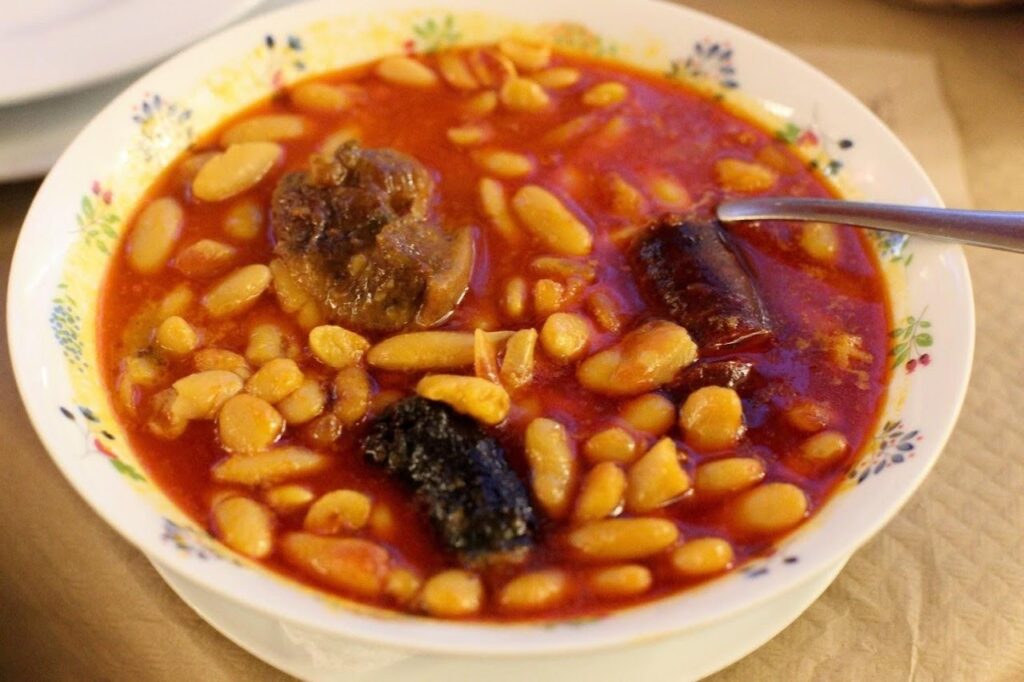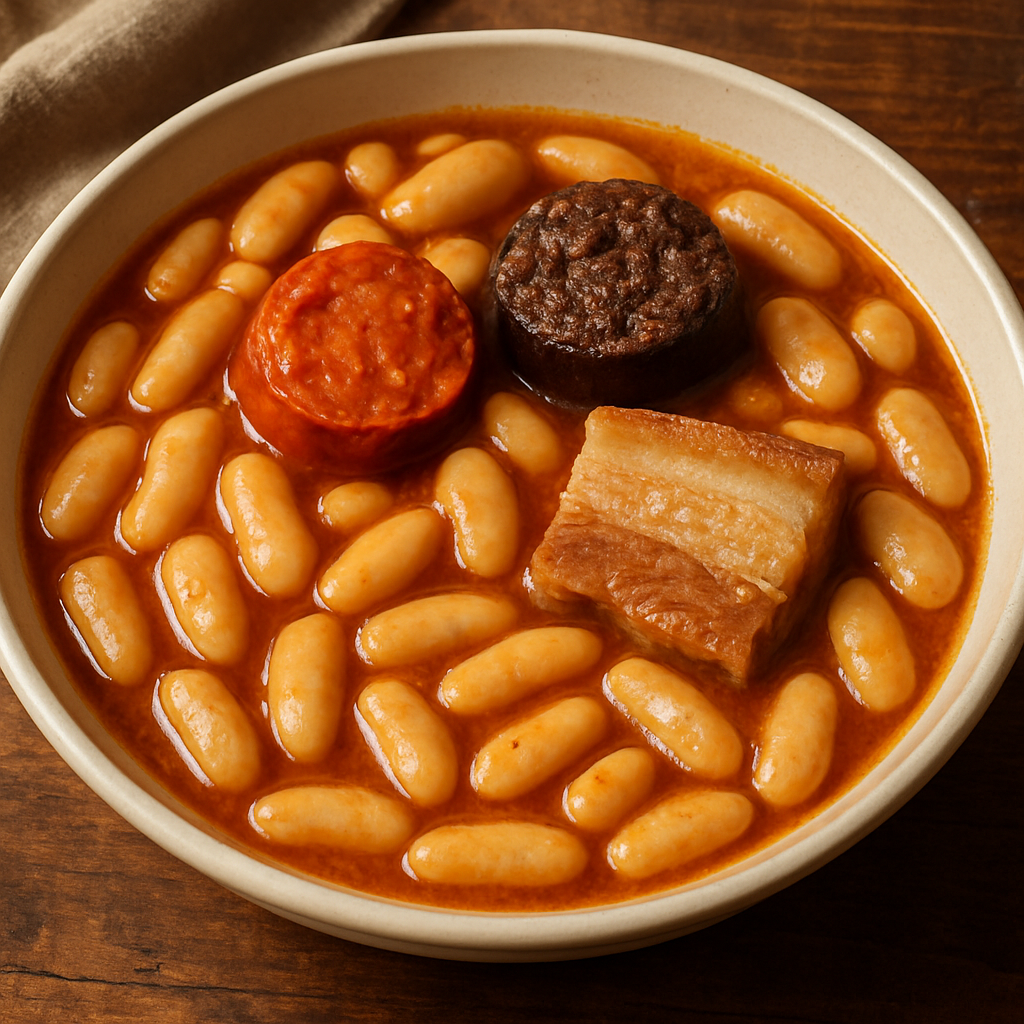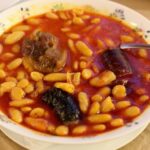Asturian Fabada: A Delicious Journey into Spanish Culinary Tradition

Asturian fabada is one of the most iconic dishes of Spanish cuisine, particularly from the Asturias region. This traditional stew has won the hearts of locals and tourists alike, becoming a symbol of Spain’s rich culinary heritage. From its humble origins to its current status as a famous dish, fabada offers a gastronomic journey through authentic flavors and deep-rooted culture.
Historical Roots:
Asturian fabada has its roots in the traditions of rural Asturias, where families prepared this hearty stew during the coldest times of the year. Over time, fabada became a typical dish for celebrations and family gatherings, showcasing its versatility in adapting to various contexts and occasions.
Main Ingredients:
The foundation of fabada consists of simple yet essential ingredients: fabes (white beans) and compango. Fabes, of the “de la granja” or “Asturian farm” variety, are carefully selected for their texture and flavor. Compango, a mix of sausages, includes chorizo, morcilla, and bacon, which add depth and complexity to the dish.
Cooking Process:
The magic of fabada lies in its slow and careful cooking process. Fabes are soaked overnight to soften, and then slowly cooked with compango. Patience is key, as the stew develops its characteristic flavor as the ingredients meld and evolve over time.
Unique Aromas and Flavors:
The end result is a cozy blend of smoky aromas and intense flavors. Chorizo and morcilla add spicy notes, while fabes absorb the flavors of the sausages, creating a harmony of tastes that makes fabada a unique culinary experience.
Traditional Accompaniments:
Fabada is typically served with a good red wine, preferably from the region, which perfectly complements the dish’s intense flavors. Additionally, it is often accompanied by a piece of crusty bread, ideal for dipping into the delicious sauce.
Fabada in Modern Times:

Although Asturian fabada has its roots in peasant tradition, today it is appreciated throughout the country and beyond. Many restaurants in Spain include fabada on their menus, and it has become an internationally recognized dish.
Conclusion:
Asturian fabada is much more than just a stew; it is an expression of the rich culinary culture of Asturias and Spain as a whole. This dish, which has stood the test of time, continues to remind us of the importance of preserving culinary traditions and enjoying food with all our senses. A journey through Asturian fabada is undoubtedly a journey to the very essence of Spanish cuisine.


